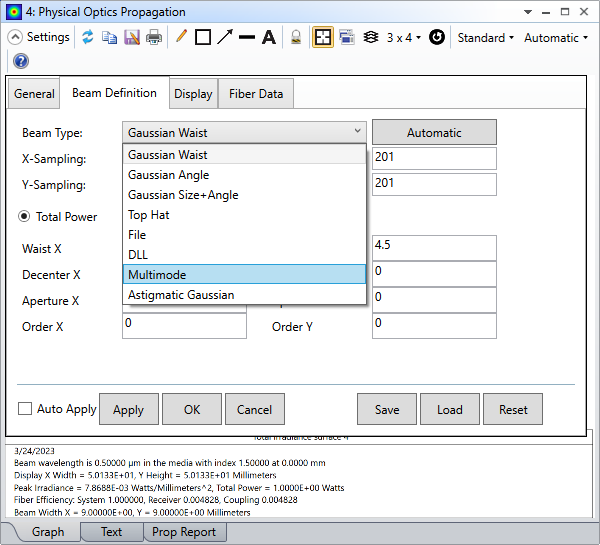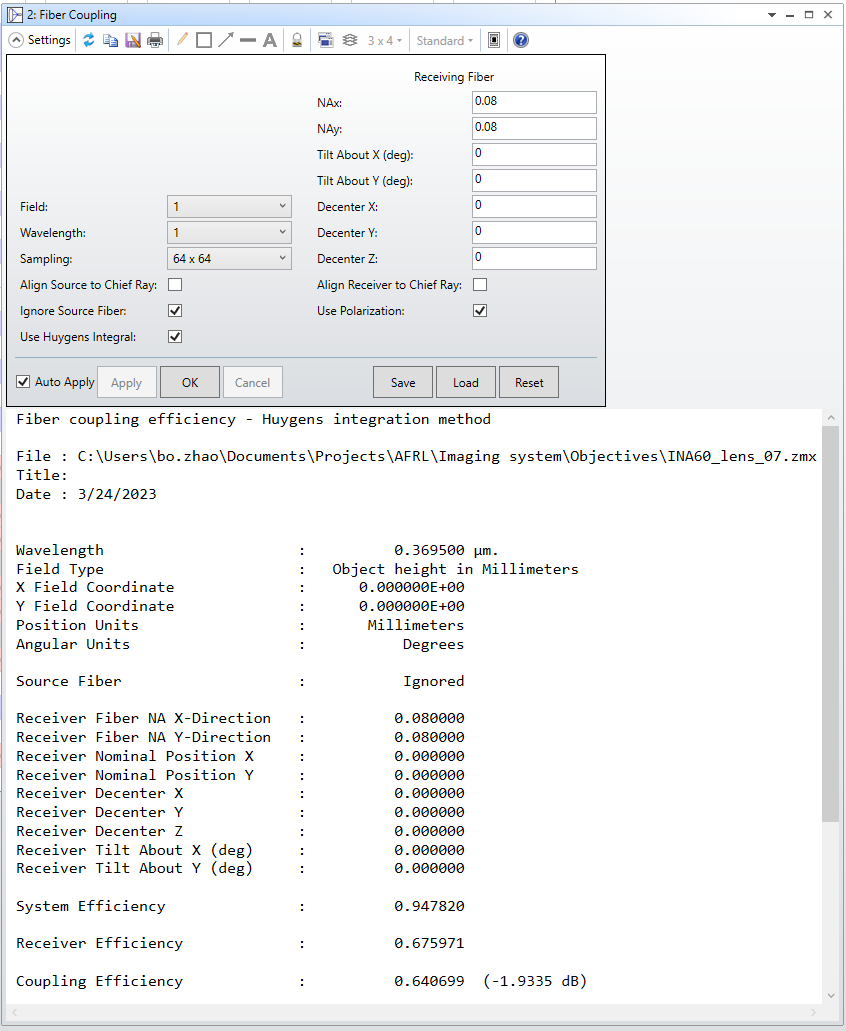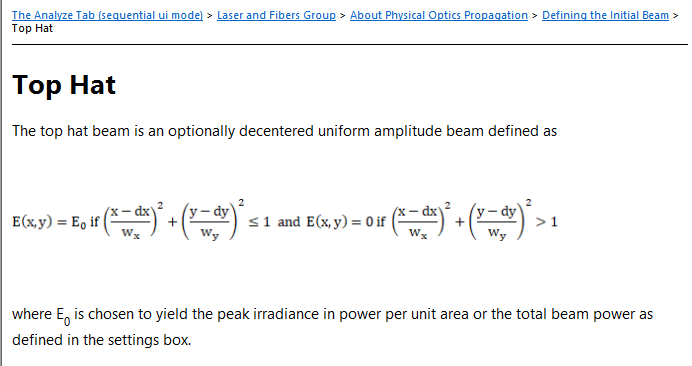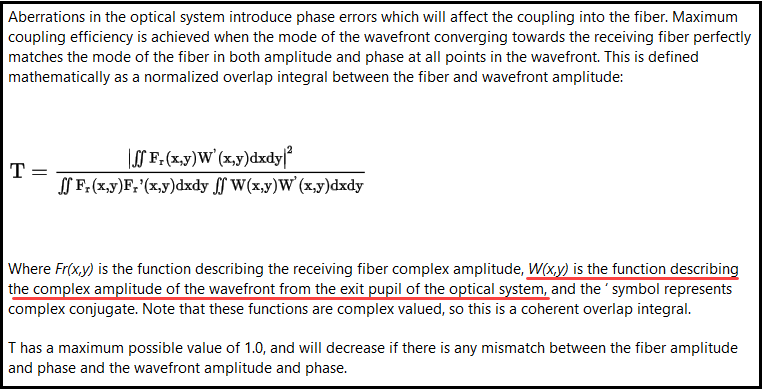Searched and read the KB articles and some threads here for the single mode fiber couplings. All of them were talking about how to couple laser beam (Gaussian beam) into single mode fibers. I am wondering if anybody here have done single mode fiber coupling with Non-Gaussian beam? Are there any tools and operands can be used for analysis the coupling efficiency? It seems to me that the POP and Single Mode Fiber Coupling tool are all designed for Gaussian beam. Please advise!
Best regards,
Bob








